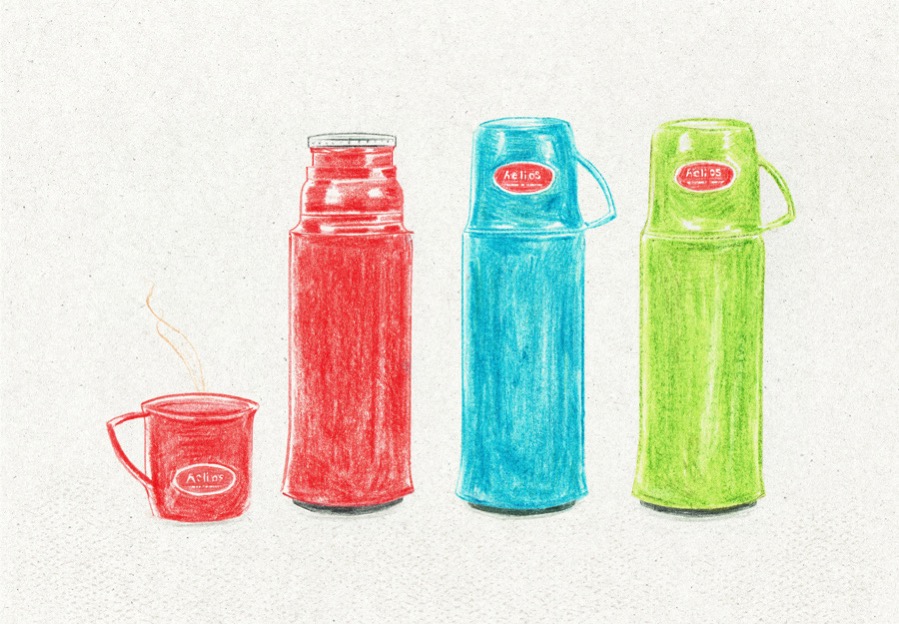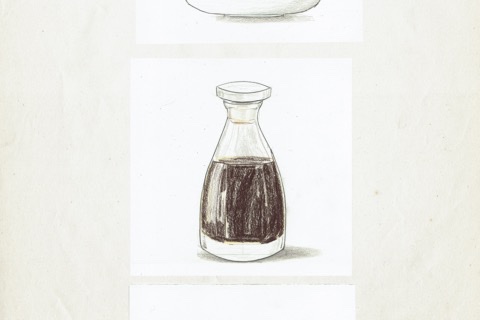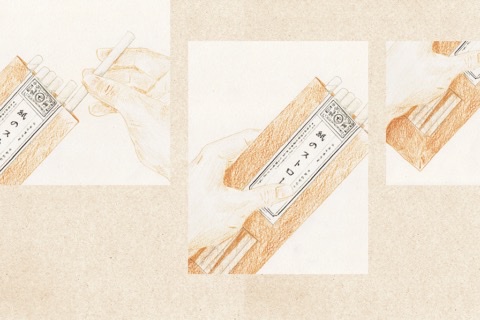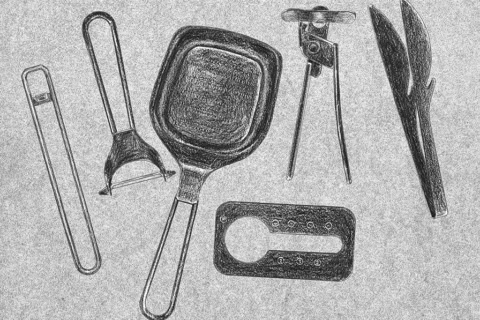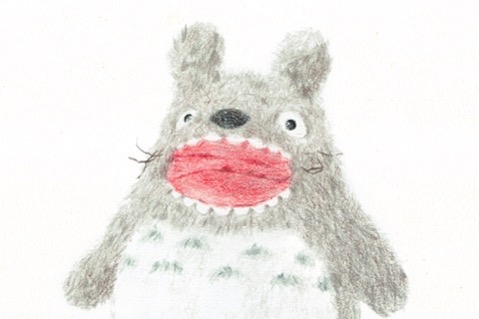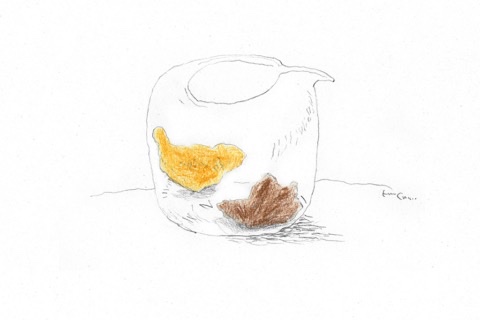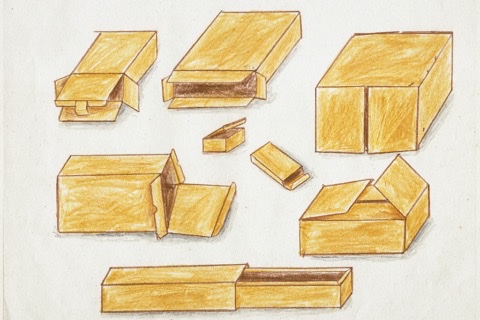
保溫瓶的功能萬變不離其中,要選對一隻合眼緣的卻不好說。早前曾報導香港的駱駝牌保溫瓶,堅持五十多年的好品質,是本地人一致公認的居家好物,而如果把場景換轉在歐洲的話,就不得不提始創自1909年德國的Helios保溫瓶,受大眾喜愛之餘,更是漢莎航空、希爾頓飯店和喜來登飯店這些高級場所喜用的配備。
與駱駝牌採用的技術一樣,這隻Helios的「Elegance」系列採用玻璃內裝,不能激烈搖晃或翻轉。儘管不如鋼材的輕鬆便利,但從近年的醫學資訊顯示,鋼材的細孔容易藏詬,同時亦有影響飲料風味之虞,反不如更早世代的玻璃內裝技術。至於談到「Elegance」系列最討喜的設計原素,自然是它標誌性的茶杯型瓶蓋,以及那平滑亮麗光的多色塗層,其流露出的濃厚復古風味,令我不住回想「百年經典」一詞的意味;原來令我們回味再三的設計,在一百多年前業已存在。
The functions of a vacuum flask remain essentially the same despite possible variations. However, it is a different story when it comes to picking one with an outlook that pleases your eyes. In an earlier article, we introduced vacuum flasks manufactured by Camel, a Hong Kong brand, which has maintained consistently high standards for more than half a century. Camel’s vacuum flasks are unanimously regarded by Hong Kong locals as great household companions. When it comes to Europe, however, the equivalence is undoubtedly vacuum flasks invented by Helios, a German brand, in 1909. Not only are they widely loved by the public, they are also items well-loved by Lufthansa, as well as high-end hotels under Hilton and Sheraton.
Helios’ Elegance series features glass inner flasks, which are made using a production technology used also by Camel. They are vulnerable to vigorous shaking and collision. Even though such flasks are heavier and less convenient than their steel counterparts, medical information made available in recent years reveals that tiny holes on the surface of steel can easily gather dirt, and may also affect the taste of drinks. In this sense, they pale in comparison to those using the glass inner flask technology from earlier generations. As for the Elegance series’s most appealing design feature, it is beyond doubt its signature teacup shaped lid as well as its smooth and glossy coating in a variety of colors. The rich vintage style it carries prompts me to rethink the meaning of the Chinese expression “century-old classics”. I have come to realize that designs that linger in our memory already existed as early as more than a century ago.
